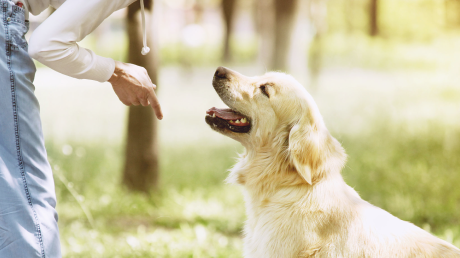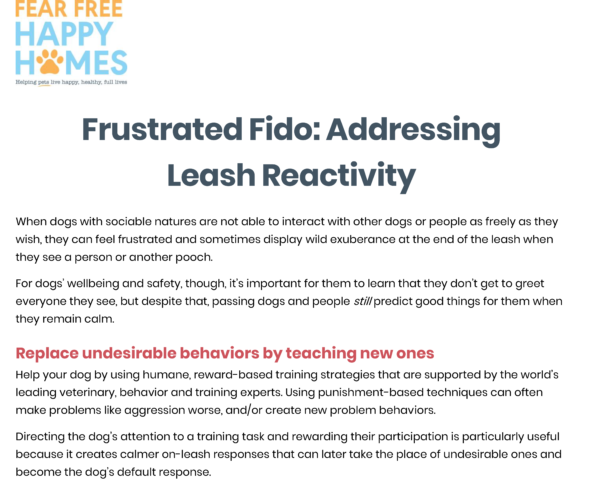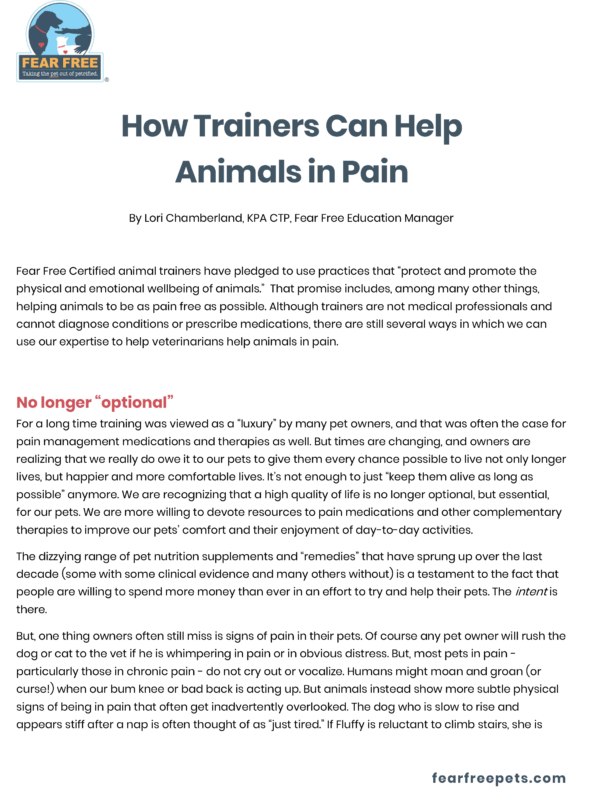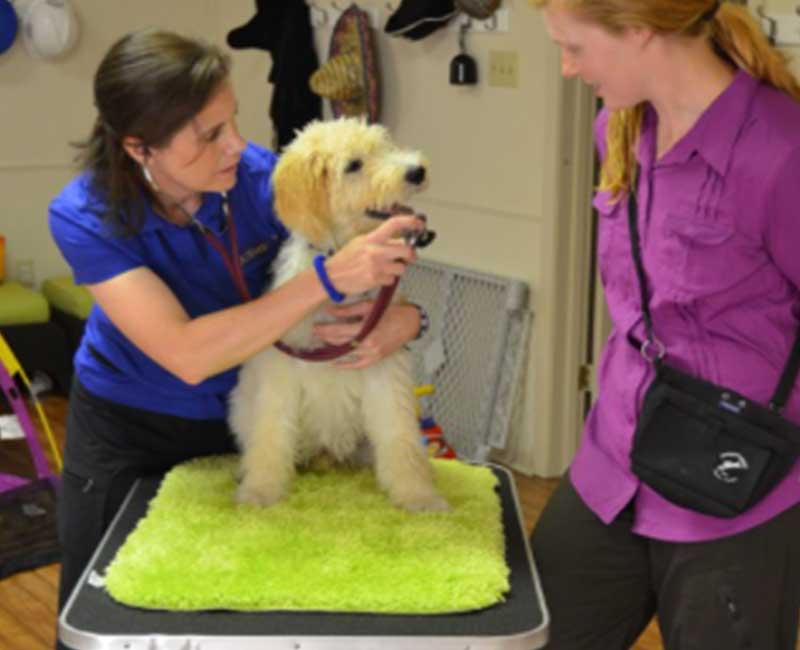
Blog Archives


Completing the Fear Free Animal Trainer Program allows trainers to work in partnership with veterinary teams to prevent and alleviate fear, anxiety, and stress and improve an animal’s emotional wellbeing during veterinary care and home care. This certification program is designed to give qualified animal trainers the knowledge and tools required to begin implementing Fear Free techniques with their clients’ pets at the veterinary hospital, through in-clinic training classes for puppies and kittens, and in day-to-day training of animals in the home.
Trainers who complete the Fear Free Animal Trainer Certification Program will acquire the skills to manage and handle dogs and cats alongside the veterinary team during veterinary visits and care to ease the pet’s apprehension regarding exams, procedures, and other care. The techniques may also be used in a home setting for carrying out or administering specific veterinarian-prescribed care plans or routine care like grooming. Most important, the Fear Free animal trainer is equipped to prepare pets for what to expect at the veterinary clinic so they have an enjoyable, stress-free experience.
By collaborating with and complementing the veterinary team’s efforts, the trainer can better provide preventive services and partner with the veterinary team to address training and behavior concerns, working from a whole health concept and with the oversight of the pet’s vet. In doing so, the pet and pet parents have a higher quality, unified team providing quality, complete care.
The purchase of the Fear Free Animal Trainer Certification Program provides you with an annual membership for the program, which requires an annual renewal fee and completion of additional annual CE to maintain your membership.

When dogs with sociable natures are not able to interact with other dogs or people as freely as they wish, they can feel frustrated. Use this handout to help educate your clients on ways to alleviate leash reactivity.

Although trainers are not medical professionals and cannot diagnose conditions or prescribe medications, there are still several ways in which we can use our expertise to help veterinarians help animals in pain. Use this handout to help educate potential training partners.



Body Language and Signs of FAS in Dogs & Cats
Understanding and assessing your patients’ body language is an essential part of Fear Free. It also plays an important role in client education for a client to understand and buy into Fear Free and your recommendations. Print out the two pages of body language slides, laminate them, and place them into each exam room. You could also place them into your waiting area, and into your staff common areas to serve as an educational tool.
FAS Spectrum Handouts
The bulk of communication between humans is through body language and the same goes for animals. It’s important for both your team and your customers to understand the often subtle signs of fear, anxiety, and stress that their pet is expressing. Use these FAS Spectrum sheets to visually explain the different signs of FAS and the corresponding levels of arousal. Handouts available for dogs, cats, horses, birds, and rats.